
FOCUS ON
MAURO QUIRINI
I am a fan of Mauro Quirini. It has been a great pleasure for me to curate the selection of photos for this article. Additionally, I had the opportunity to ask Mauro some questions, which allows me to present his perspective and insights in his own words.
Born in Rome in 1959, Mauro Quirini began his photography journey in the late 1990s. He always had a desire to capture moments but hesitated to take the leap. One day, while passing by a photography lab, he noticed a Nikon F80 displayed in the storefront. That moment marked a turning point as he decided to purchase it, along with two rolls of black and white film. That was just the beginning, as he later explored various formats, eventually delving into large format photography.
Today, for various reasons, Mauro exclusively uses digital cameras and focuses on color photography. However, this transition hasn’t altered his approach to photography. His only regret is not having taken a photography course at that moment .

Q What inspired you to start photographing?
A I have always been an observer of my surroundings, constantly capturing moments even without a camera. However, I eventually grew tired of this and, lacking skills in painting or sculpture, I chose photography.
Q Have your sensations and motivations changed over time?
A Well, yes. I didn’t know anything about photography back then (and even today, to be honest). I used my first roll of black and white film in a junkyard to capture parts of car engines, the springs of shock absorbers, cars stacked on top of each other, pistons. It was the form that fascinated me, the object and its shape. Nowadays, I focus solely on landscapes and their transformations.
Q How often do you go out to photograph and what are the places you usually visit with your camera?
A I go out only on Saturdays and Sundays, for a total of 4 hours, exclusively during the transition from darkness to light, at dawn. After that, I return home. My favorite place to photograph is the sea, partly because I live nearby and with limited time, I can’t venture far. I rely on the transformations of familiar locations.
Q How much of yourself do you think is reflected in the photos you take?
A I would say very little. I don’t tell stories, conduct investigations, follow projects, or create reportages. I have never associated photography with a communicative “utility.” For me, each photo stands on its own and simply represents my perspective on things. I am content with that.
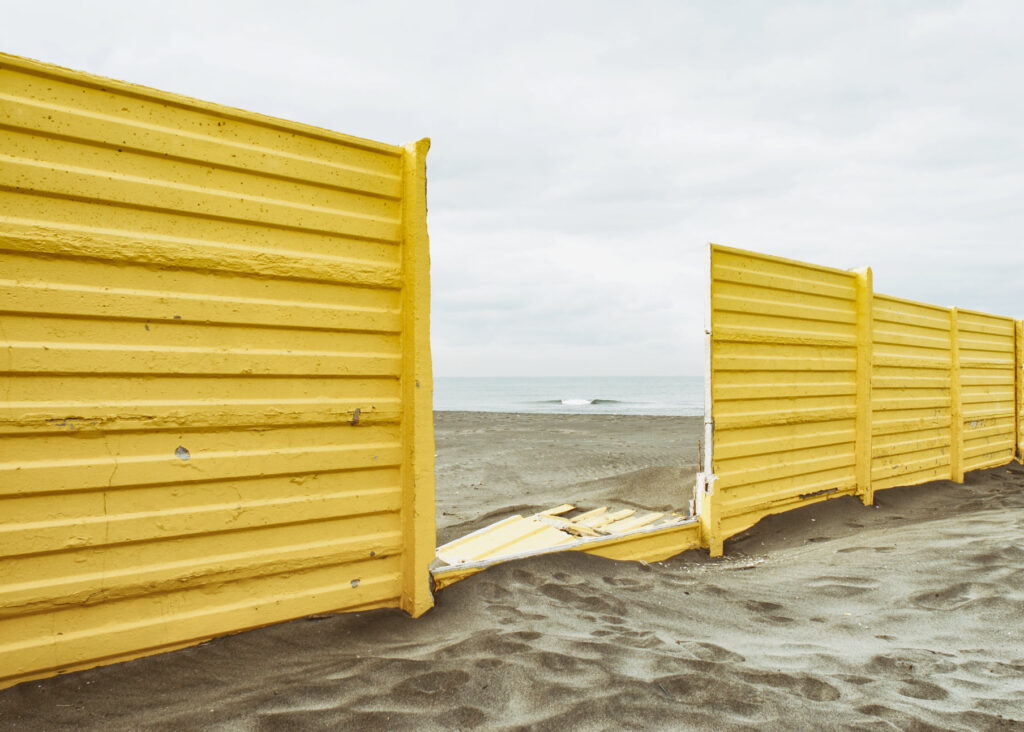
Q When I see your photos, I inevitably think of Luigi Ghirri, whom I believe is an influence for you. However, which other artists have been a source of inspiration for your work?
A I discovered Ghirri a few years after starting to photograph, and he had a profound impact on the way I see things, forever changing my perspective. Additionally, Guido Guidi has been influential. These are the main ones, but there are also others who were part of what Roberta Valtorta defines as the “Cultural Front”: Basilico, Cresci, Jodice, Garzia, Leone, Ventura, Chiaramonte, Radini, Salbitani, Abati, Barbieri, Castella, Fossati and more.
If you like this content please support the author + Woofermagazine and share it :

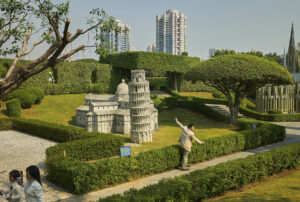
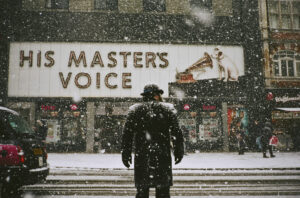
MOSTLY FALSE REPORTS
Stephen Leslie new photobook is a combination of original candid street photography and short stories he has written inspired by the images
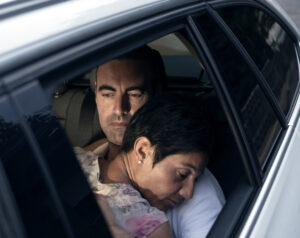
WHEN YOU LIVE IN A SMALL PLACE
Marco Guidi investigates whether growing up in a demographically small place can be a limitation to one’s ambitions.
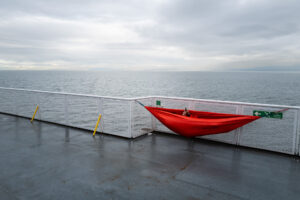
IN THE MODERN WORLD EDITOR’S PICKS
The time has come to present Woofermagazine first Editor’s Picks for the Open Call.
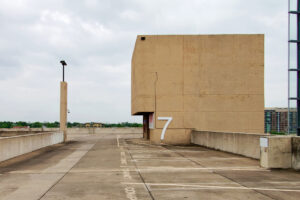
CONCRETE HORIZONS
A series by Isabelle de Touchet exploring urban parking structures.
